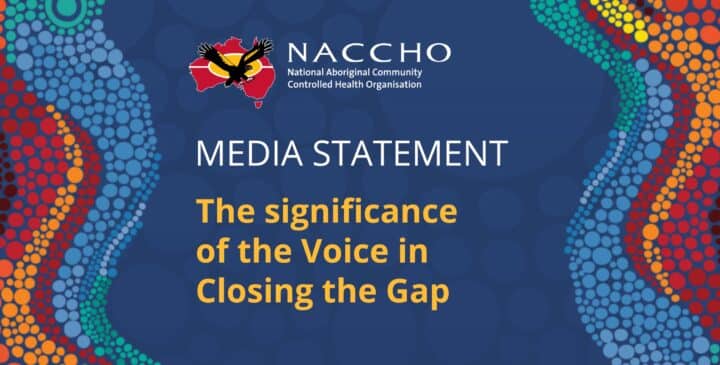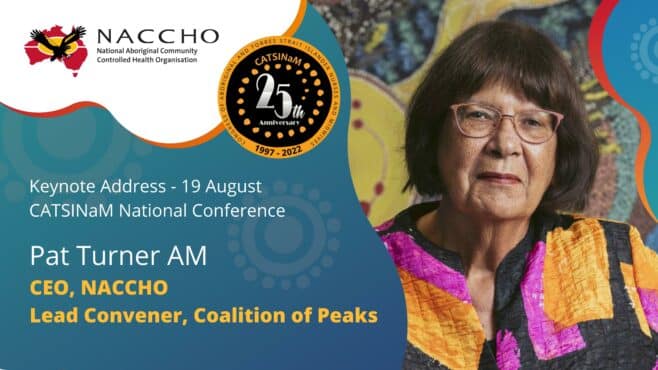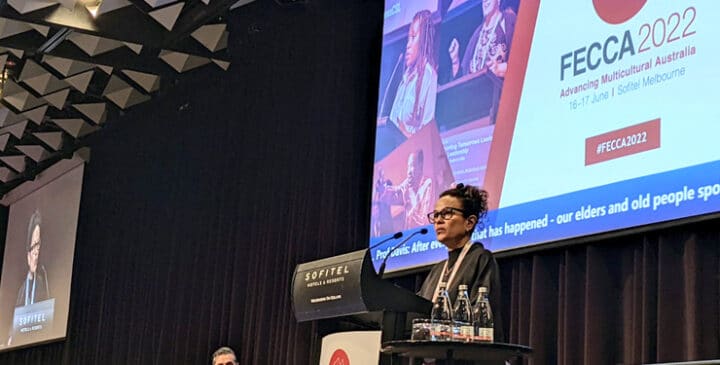

Closing the Gap, money myths and widening mortality gaps
An endorsed media article from NACCHO by Professor Ian Ring AO – 12 February 2018
Ten years on from the start of Closing the Gap, progress is mixed, limited and disappointing, the life expectancy gap is widening and while money isn’t the only factor, money myths are playing an important role. The recent Productivity Commission Report found that per capita government spending on Aboriginal services was twice as high as for the rest of the population. The view that enormous amounts of money have been spent on Indigenous Affairs has led many to conclude a different focus is required and that money is not the answer.
But higher spending on Aboriginal people should hardly be a surprise. We are not surprised, for example, to find that per capita health spending on the elderly is higher than on the healthier young because the elderly have higher levels of illness. Nor is it a surprise that welfare spending is higher for Indigenous people who lag considerably in education, employment and income and there would be something very wrong with the system if it were otherwise.
The key question in understanding the relativities of expenditure on Indigenous is equity of total expenditure, both public and private, in relation to need, but the Productivity Commission’s brief is simply to report on public expenditure.
What of government expenditure on health services? The picture is quite different for State and Territory governments on the one hand which spend on average $2.0 per capita on Indigenous people for every $1 spent on the rest of the population. By contrast, the Commonwealth spends $1.2 for every $1 spent on the rest of the population, notwithstanding that, the burden of disease and illness for Indigenous Australians is 2.3 times the rate of the rest of the population.
This is massive market failure. The health system serves the needs of the bulk of the population very well but the health system has failed to meet the needs of the Indigenous population.
Mortality for the indigenous population has flatlined since 2008 and the inevitable result is that the life expectancy gap is widening rather than closing. This is not surprising since the government’s own reports clearly show that preventable admissions for Indigenous people, funded by the States and territories, are three times as high as for the rest of the population yet, use of the main medical and pharmaceutical health schemes, MBS and PBS, funded by the Commonwealth, appears at best to be a half and a third respectively of the needs based requirements for Indigenous people. It is simply impossible for the mortality gaps to close under these conditions.
And yet it is within the grasp of the current government to turn things around. It has been shown that the nonviolent death rate for Aboriginal people can be halved in just over three years by systematic application of knowledge we already have. But it has also been shown that there are no short cuts and these beneficial results require high quality services and these individual examples of success must become the norm.
So what needs to be done? A key requirement is Commonwealth seed funding for the provision of satellite and outreach Aboriginal Community Controlled Health Services (ACCHS) that Indigenous people will access, and which provide the comprehensive services needed to fill the service gaps, boost use of MBS and PBS services to more equitable levels, and reduce preventable admissions and deaths.
Much more attention needs to be paid to the quality of services, with much needed investment in the training of clinicians, managers and public servants for the difficult and complex roles they have to play. Additional funding is also required for mental health and social and emotional wellbeing services which were neglected in the Closing the Gap initiatives. On the broader front, culture, racism and social, political and economic issues also cry out for attention.
It is not that the Commonwealth is deliberately underfunding health services for Aboriginal and Torres Strait Island people but there are decades of experience establishing beyond all doubt, that demand driven services designed to meet the needs of the bulk of the population, will not adequately meet the needs of a very small minority of the population with very special needs. In recognition of that, for over 40 years, the Commonwealth has been funding ACCHSs which evidence shows, better meet those needs, but the coverage of those services is patchy and needs to be expanded.
A pressing need is to address the shortfall in Commonwealth spending for out of hospital services, and which is contributing to excessive preventable admissions funded by the jurisdictions – and avoidable deaths.
There is little point in having mortality goals which are clearly in jeopardy, when the causes are not hard to define and the remedies clear, if there is insufficient action taken to actually achieve the Goals. The funds required for such services, together with the others described above, spread over a carefully prepared 5 year plan are likely to be modest, and would make a real and substantial improvement to the health of Indigenous people. There is no call for some kind of special deal, but simply the same level of expenditure by both Commonwealth and State governments for Australia’s Indigenous peoples that anyone else in the population with equivalent need would receive.
Ian Ring AO is an Honorary Professorial Fellow at the Research and Innovation Division at the University of Wollongong. Mob: 0411165969
Media contact: Julian Fitzgerald 0413 982 224

